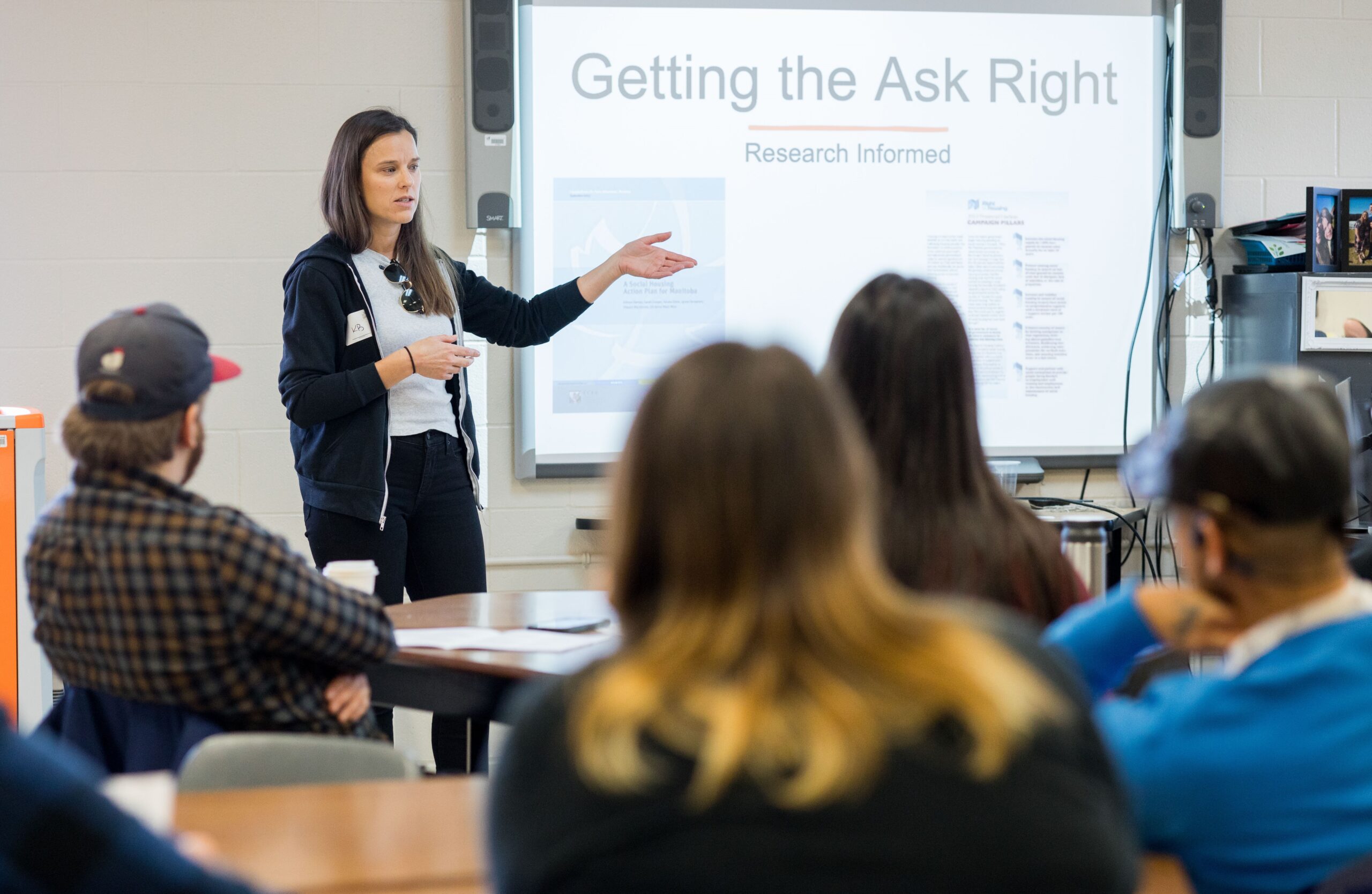In March 2024 we wrapped up our fifth cohort of CreateAction placements after over 3 years of funding from the Government of Canada’s Youth Employment Skills Strategy. The CreateAction program was delivered in partnership with the National Association of Friendship Centres and the Social Demonstration and Research Corporation with the purpose of helping youth overcome barriers to employment and develop a broad range of skills and knowledge to improve their labour market participation.
The project involved five cohorts (159 youth in total) and included four main project components:
- Work placements with organizations working in community economic development and social economy typically six months in length
- A peer learning program facilitated by CreateAction partners for and between youth that included community meetups, youth circles, and a Slack workspace
- An employer support program based on research, resources, and training. Activities included peer learning drop-ins, capacity building workshops, individual check-ins, and ongoing tailored support
- Youth support activities including individual check-ins and access to counselling through Inkblot Therapy
This program was unable, in its scope, to address broader systemic issues that can lead to chronic unemployment and underemployment for youth. Instead, we focussed on what can be done with and for youth to address and overcome barriers to employment and what can be done by employers to make their places of work more welcoming and adaptive to the unique needs of their employees.
Click on the link above or below to read the full report on promising practices developed through the CreateAction program.
Quick Glimpse at the Lessons Learned
- Cultivating empathy in the workplace is key to providing a supportive and empowering experience for youth.
- Clear communication of program objectives and expectations are essential for both program practitioners and employers throughout all phases of the program.
- One-on-one meetings with employer applicants can provide valuable insights into their organizational capacity and help ensure alignment with program goals.
- Accessible job postings and outreach strategies are crucial for reaching youth who may face barriers to employment.
- Discussing and providing available wraparound supports for youth during onboarding and early placement stages can help set them up for success in the workplace.
- Regular communication and check-ins between program staff, employers, and youth throughout the placement are essential for addressing challenges and providing tailored support.
- Creating a transitioning out of placement plan helps support youth as they move on from the program, facilitating their continued career development and wellbeing.





